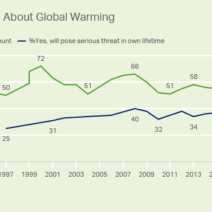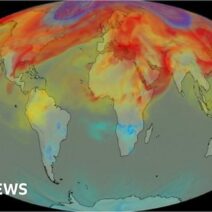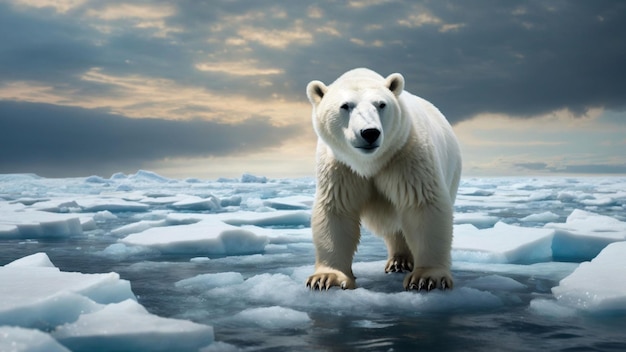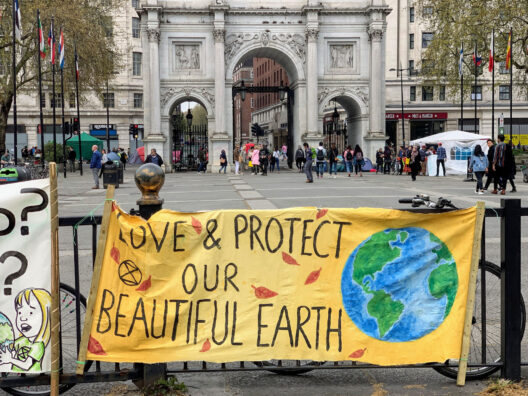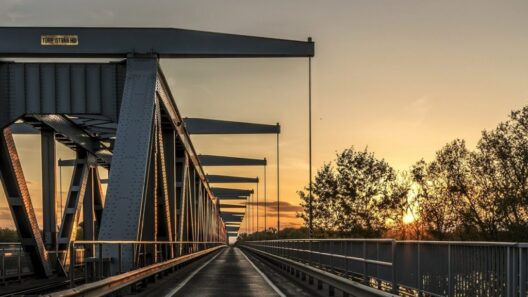As the planet warms, the Arctic environment transforms into a precarious spectacle, revealing the raw vulnerability of its most iconic inhabitant: the polar bear. These majestic creatures, often regarded as the sentinels of climate change, are gripped by the relentless advance of global warming’s brutal impact. The question remains: can polar bears survive in an increasingly inhospitable realm?
To comprehend the plight of polar bears, one must first understand their unique adaptations to their icy habitat. Clad in a thick layer of blubber beneath their fur, they effectively insulate themselves against the harsh Arctic winds. Their physical prowess allows them to swim long distances in frigid waters, hunting seals that are equally dependent on sea ice for survival. However, the warming climate accelerates ice melt, diminishing their hunting grounds and compromising their ability to thrive.
The emblematic sea ice of the Arctic, often likened to a fragile tapestry woven from the threads of cold, is disintegrating at an alarming rate. According to scientific observations, Arctic sea ice volume has dwindled dramatically over the past several decades. This reduction alters the intricate balance of the ecosystem, impacting not merely the polar bears but all species that coexist in this frigid biome. The sea ice serves as a platform for hunting, breeding, and resting; as it recedes, polar bears are compelled to swim greater distances, depleting their energy reserves and diminishing their chances for successful hunts.
In essence, the sea ice is akin to a diminishing stage where the polar bears enact their natural behavior, and the reduction of this stage forces them to adopt a more precarious existence. The loss of ice not only threatens the bears’ physical survival but echoes a deeper, more profound narrative of loss and decay within an ecosystem that has thrived for millennia. This poignant metaphor of a crumbling stage invokes a sense of urgency; it is a call to action that emphasizes the fragility of this ecosystem and the interconnectedness of all life within it.
As polar bears find themselves increasingly isolated from traditional hunting grounds, their diets shift. The bears are now more likely to scavenge on carcasses or venture onto the land in search of food. Such adaptations, while showcasing their resilience, are insufficient to compensate for the nutritional deficits resulting from reduced access to their primary prey. This dietary shift can lead to malnutrition and a decline in reproductive success, potentially pushing polar bear populations closer to the brink of collapse.
Moreover, the warming climate engenders a paradox. With ice melting sooner and forming later each year, bears are forced into a state of prolonged fasting. Females, in particular, experience heightened stress during gestation, which can lead to decreased birth rates and weakened cubs. Cubs that do survive often face greater challenges when they venture into a world so starkly different from that of their ancestors. The survival rate of these young bears is alarmingly low, and as the population dwindles, the genetic diversity within the species suffers, further endangering their resilience against future climate changes.
In the grand narrative of our planet’s ecological tapestry, the plight of polar bears serves as an emblematic representation of a larger story – one of interconnectivity and mutual dependence. The repercussions of melting ice extend far beyond the Arctic, influencing global weather patterns and ecosystems. Consequently, the specter of climate change looms over us all, not just the denizens of the Northern Hemisphere. Each melting iceberg is a harbinger of the broader climate crisis, revealing a troubling truth: the impacts of climate change are universal, transcending regional boundaries.
Efforts to mitigate global warming are pivotal to the survival of polar bears and the myriad species that depend on ice-covered habitats. International treaties and agreements aimed at reducing greenhouse gas emissions and curbing fossil fuel reliance must gain momentum if we are to alter the trajectory of this impending crisis. Grassroots movements advocating for sustainable practices provide hope and a foundation for change, urging individuals and communities to adopt more environmentally responsible lifestyles. The call for action echoes across continents, uniting voices under the banner of preservation and sustainability.
Nevertheless, as efforts are mounted and negotiations unfold, the question persists: are we acting swiftly enough? With each passing year of inaction, the window of opportunity narrows. Researchers are sounding the alarm, warning that without immediate change, crucial biodiversity, including polar bears, may be irrevocably lost. The symbolism of the polar bear, often perceived as a solitary figure upon a melting ice floe, transforms into a poignant reminder of collective responsibility. We are all players in this unfolding drama, yet the consequences of our actions can either propel us toward a brighter future or lead us into an abyss of irreparable loss.
In conclusion, the saga of polar bears amidst the ravages of global warming encapsulates a narrative that transcends species and geography. With each passing season, the fate of these magnificent creatures serves as a clarion call, imploring humanity to reconsider its role as stewards of the Earth. To ensure the survival of polar bears and the ecosystems they inhabit, resolute action is imperative. Society must recognize that the health of our planet is interconnected; to safeguard the Arctic’s iconic inhabitants is to protect the future of all life on Earth. Can we rise to the occasion? Only time will tell.
